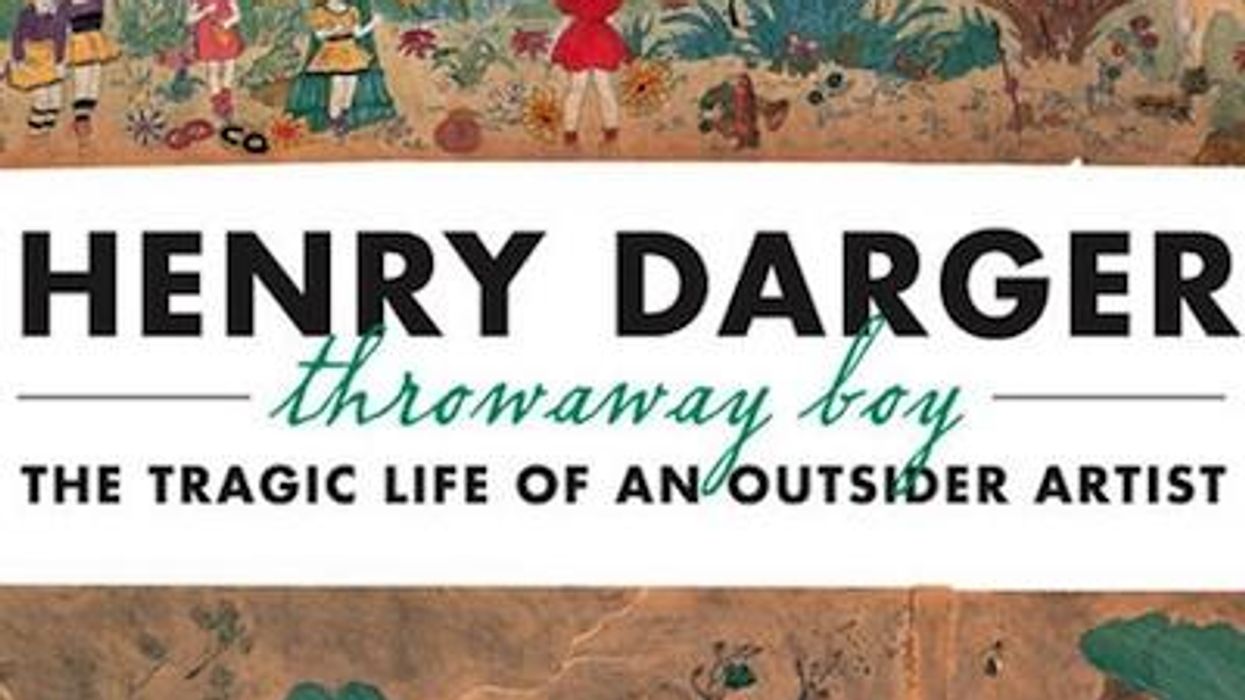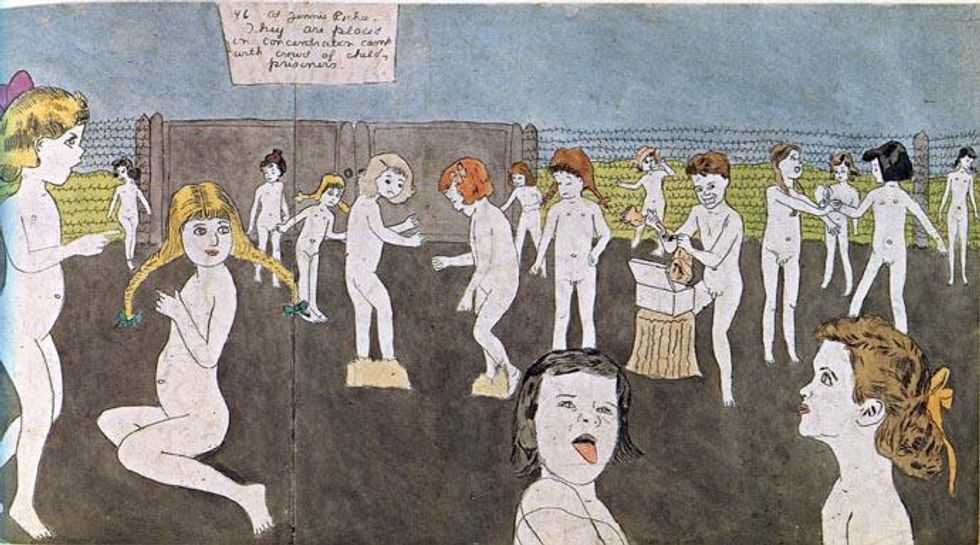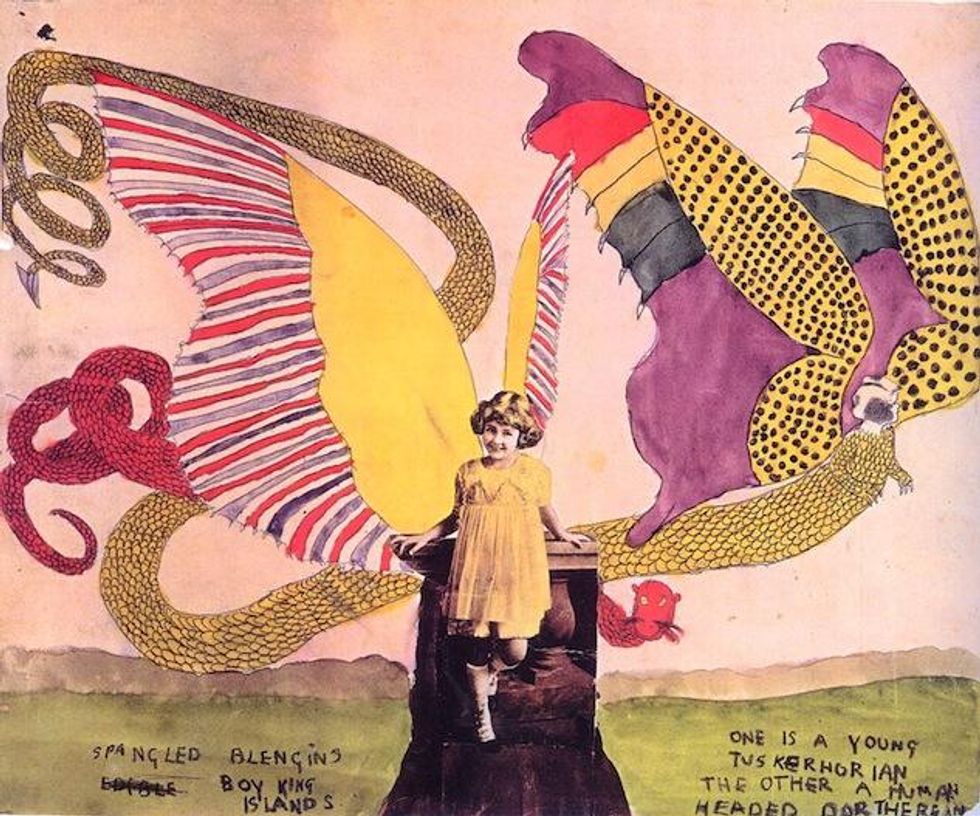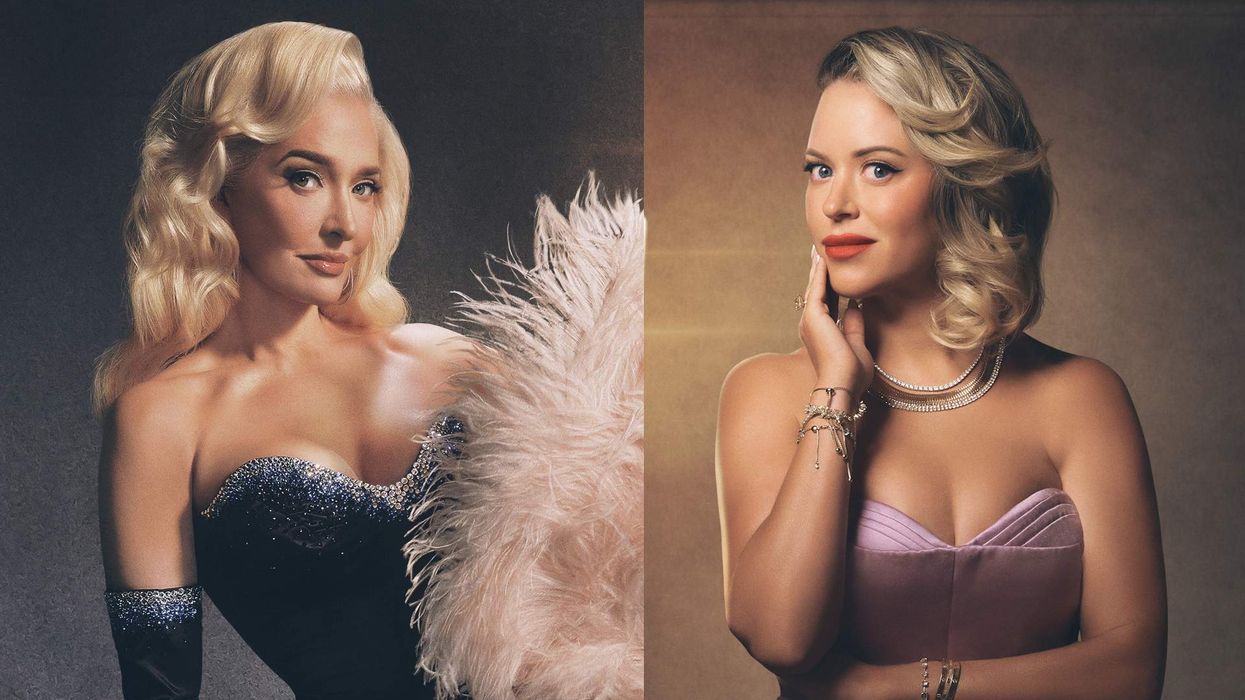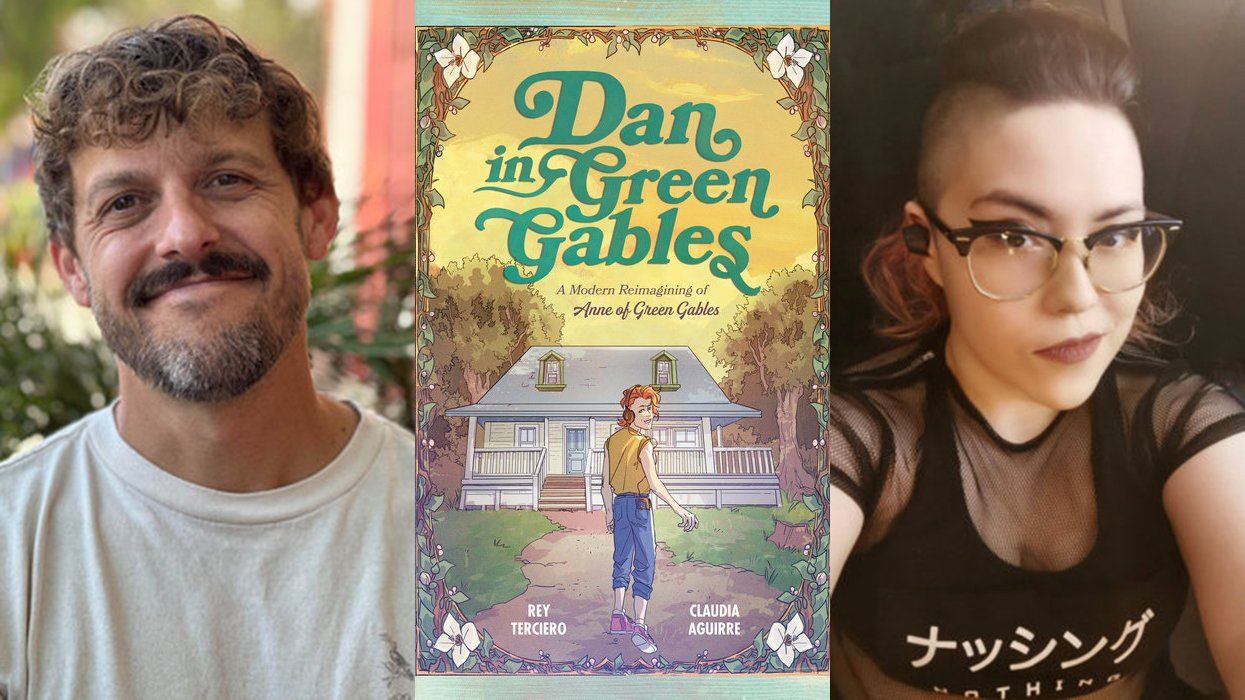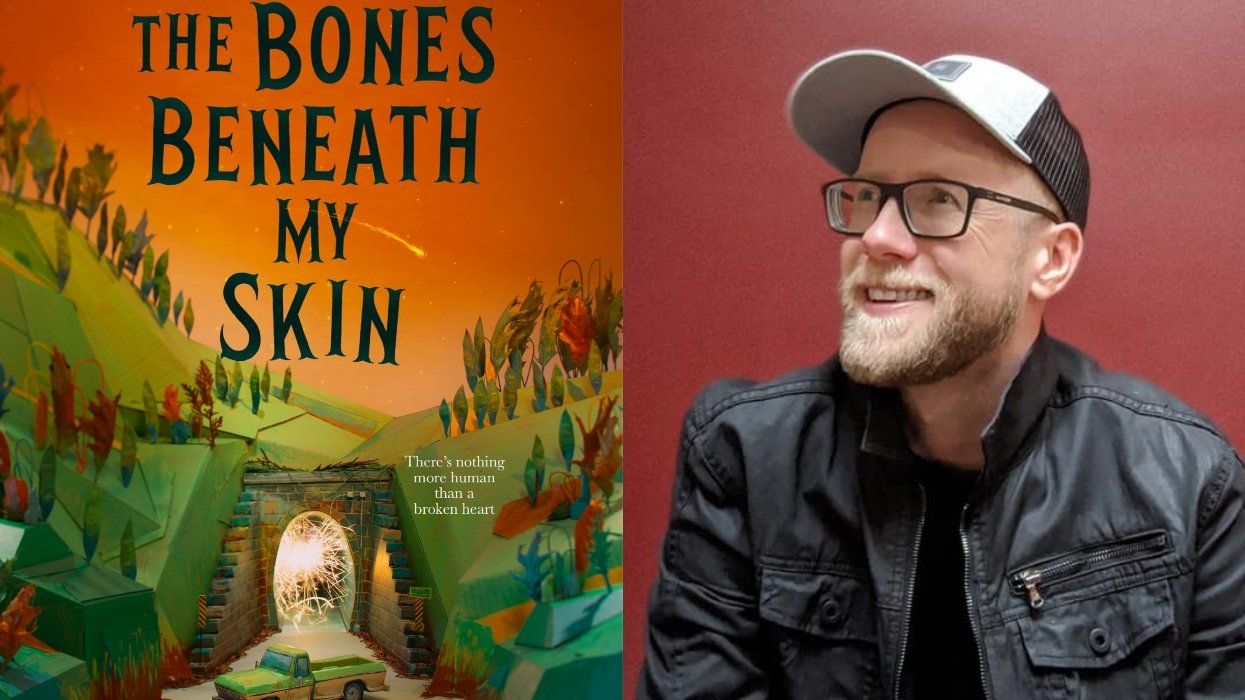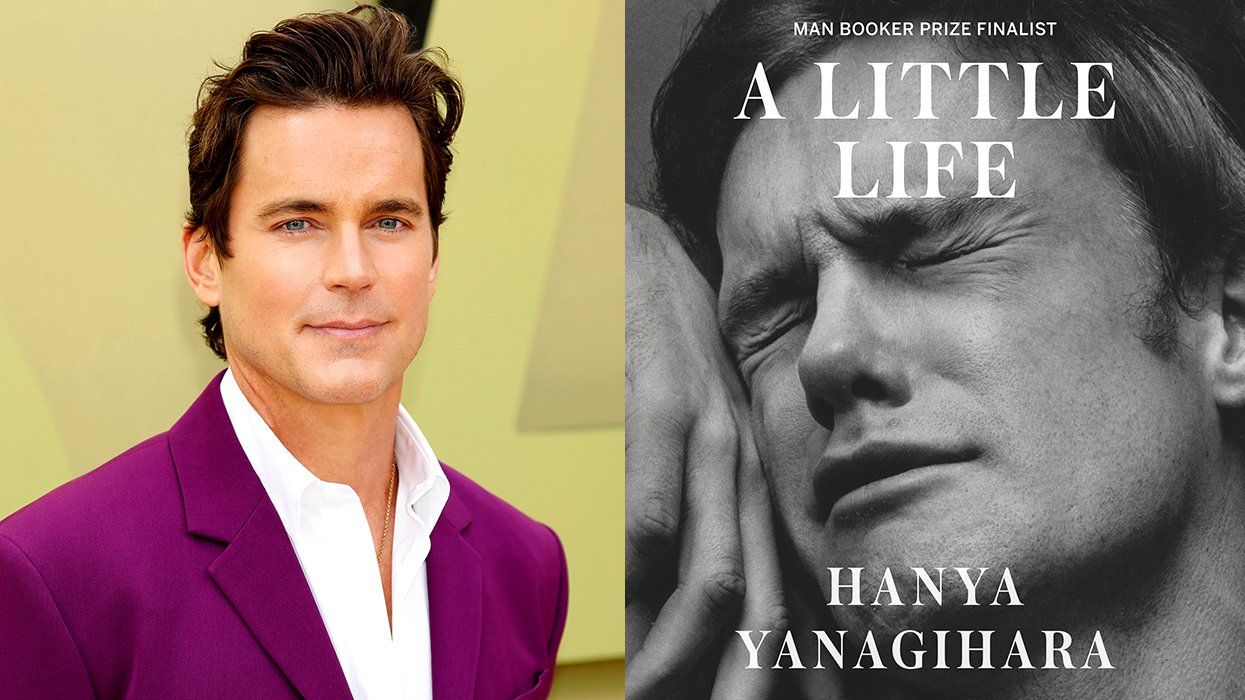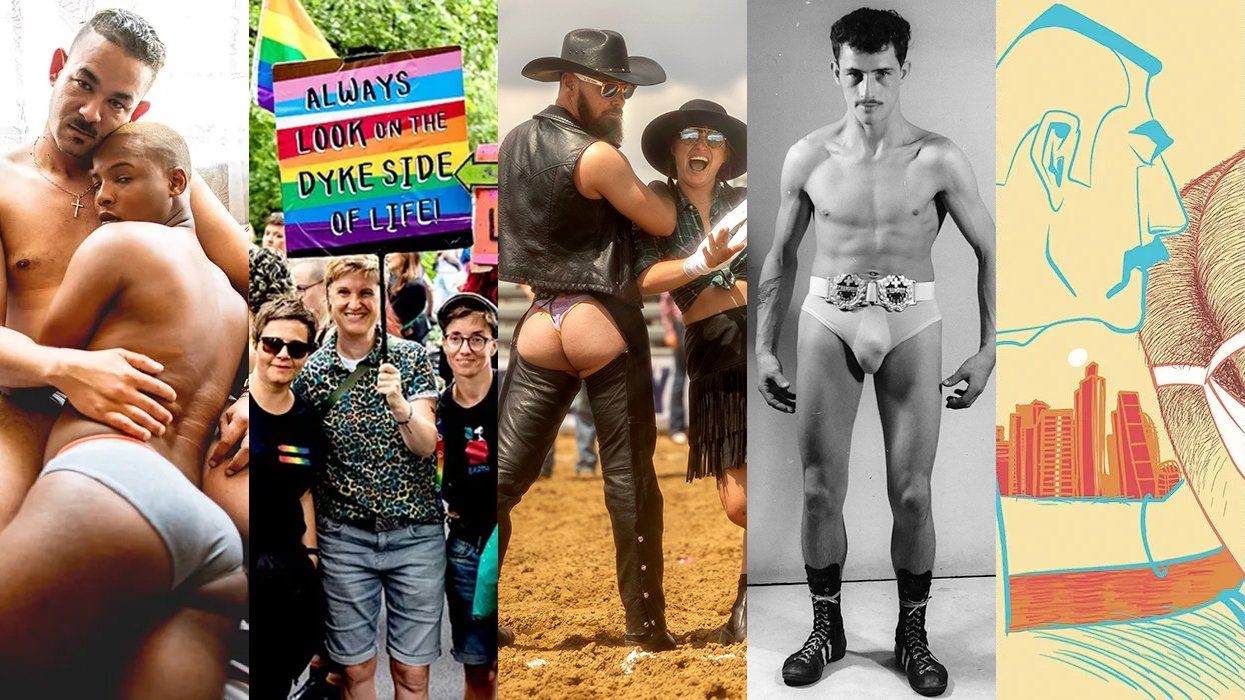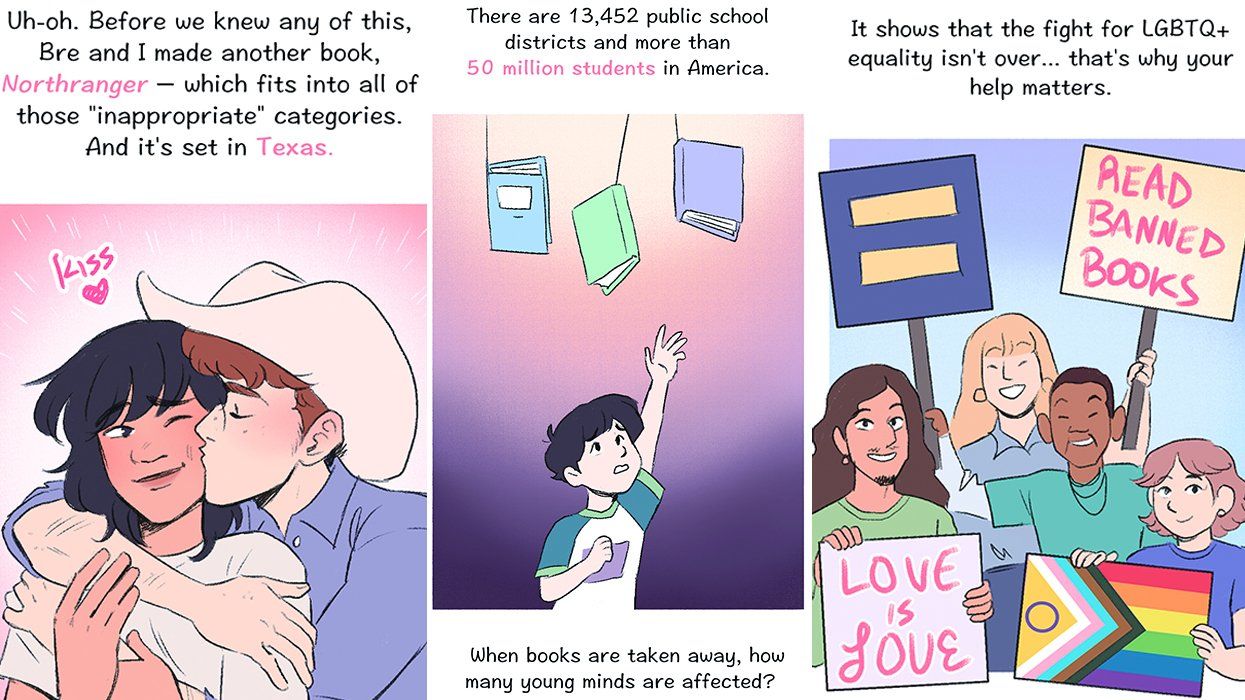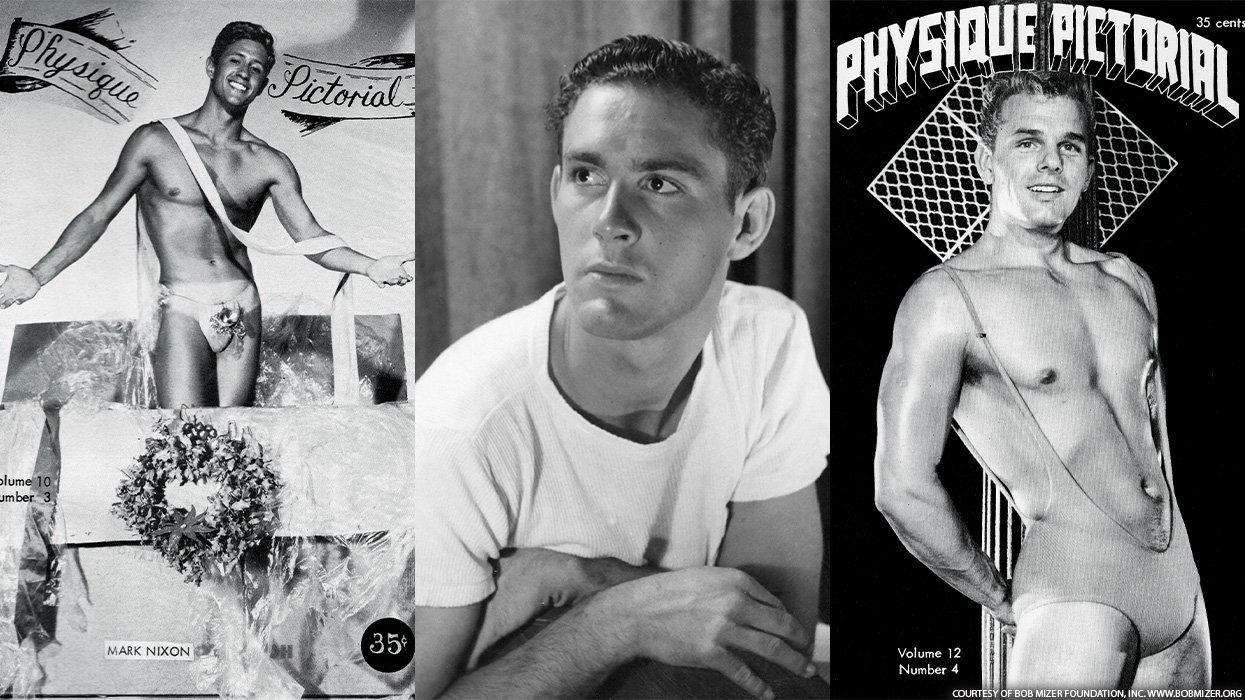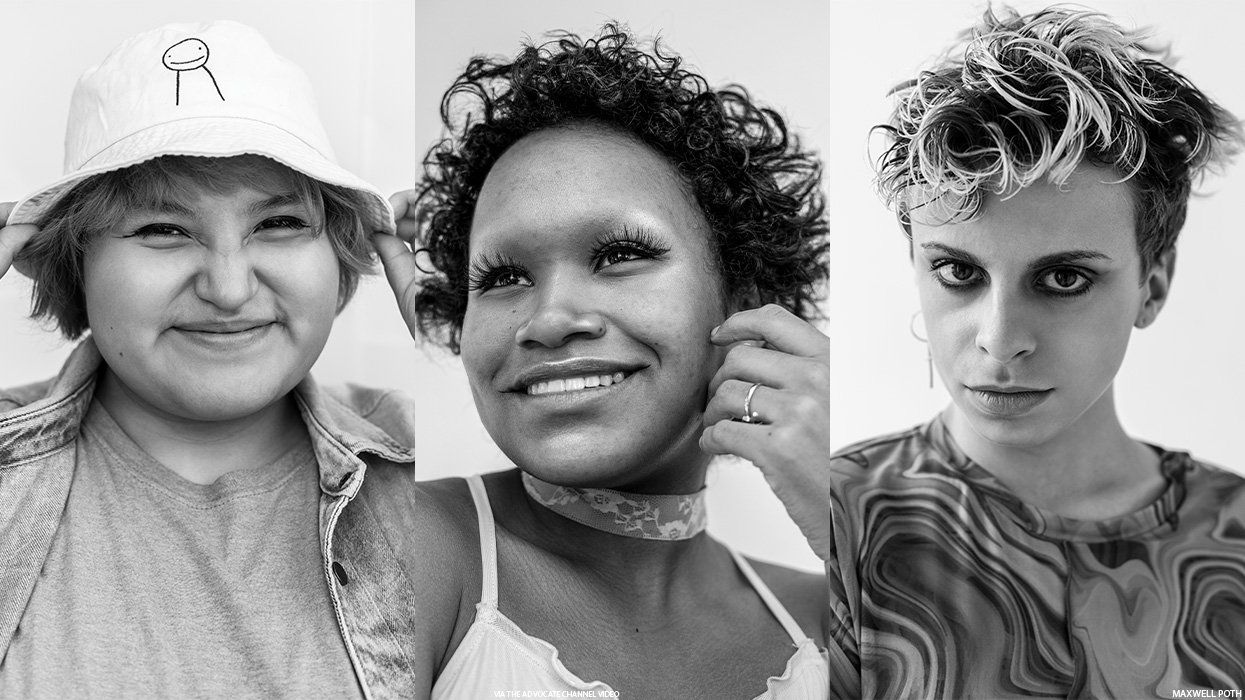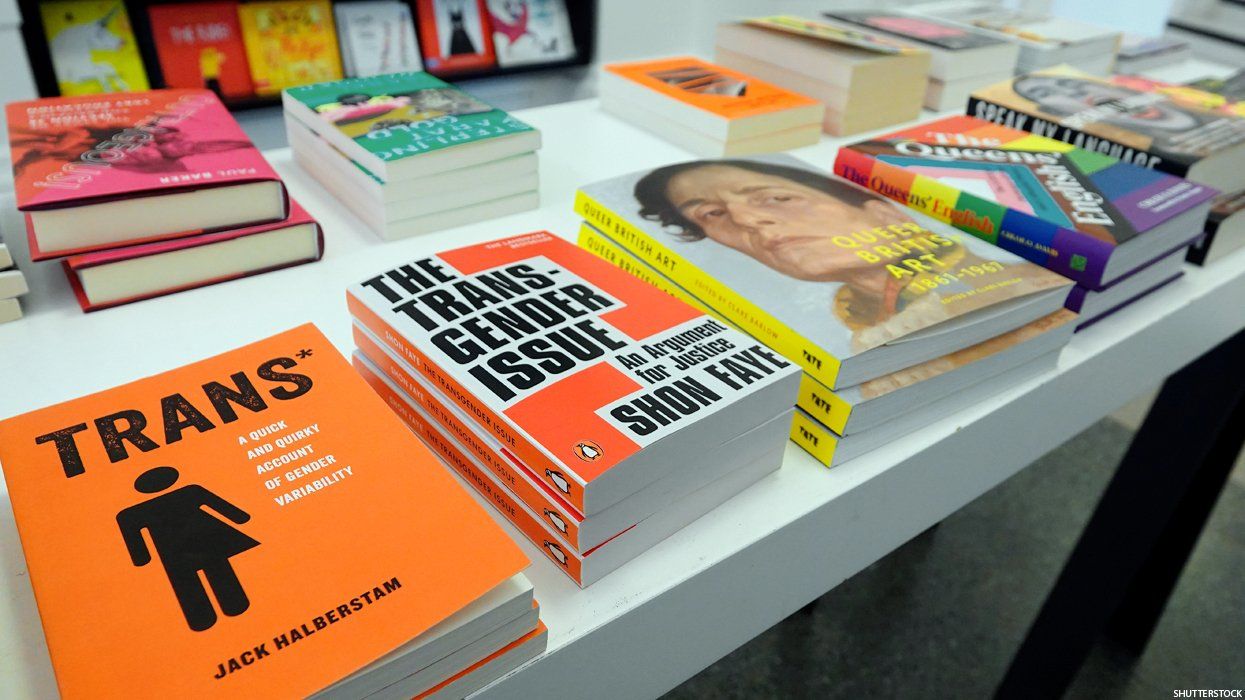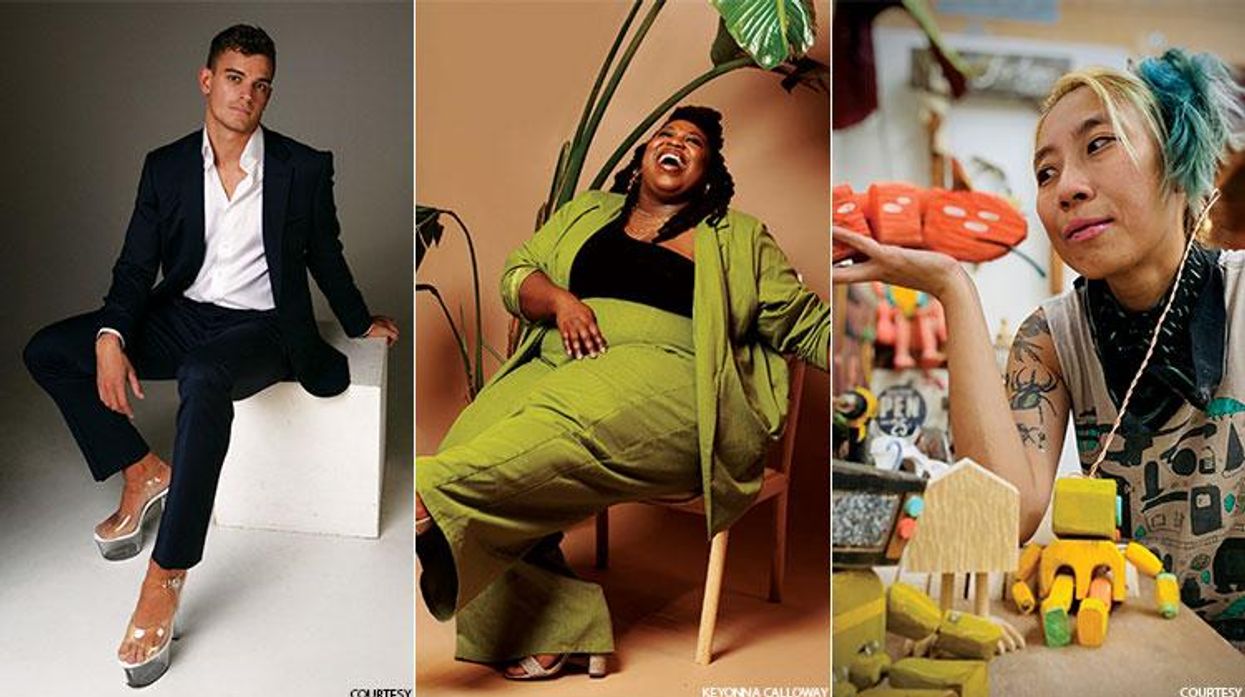Henry Darger has been dubbed a pedophile and a sadist, a religious fanatic, a loner who worked most of his life as a janitor, and a hoarder who scavenged Chicago's North Side for the detritus--magazines, catalogs, newspapers--that inspired his art. John MacGregor, an eminent Darger scholar, characterized him as "undoubtedly...psychologically a serial killer," while a neighbor remembered him as mumbling and unkempt, possibly "retarded" (that quaint catchall for eccentricity). His gravestone memorializes him simply as a "protector of children."
Whatever else he was or was not, Henry Darger remains America's quintessential outsider artist. Jim Elledge's new biography Henry Darger, Throwaway Boy: The Tragic Life of an Outsider Artist (Overlook Press) grapples--rigorously, brilliantly--with the ambiguities of Darger's life and art. The book strips away the freak pop-mythology that has encrusted around Darger (killer! pervert! hermit!) to reveal a complex and often tender understory.
Darger's celebrity is such that even those with little interest in contemporary art--let alone contemporary folk art--know the legend: How after Darger's death in 1973, his landlord discovered a trove of paintings and encyclopedic manuscripts, the most remarkable of which chronicle the adventures of the seven young Vivian sisters as they combat a child slave rebellion. Darger's landlord immediately recognized the obsessive singularity and radiance of his tenant's work; the rest of the world has spent the succeeding three decades excavating it with cult-like devotion. Jessica Yu's 2004 documentary, In the Realms of the Unreal, crystallized Darger's appeal for the masses--no doubt aided by Dakota Fanning's glucose voiceover. (Yu's film also demonstrated just how little was known about Darger; nobody, including those who knew him, could say definitely whether Darger is pronounced with a hard or soft "g"). Further endorsements from Patti Smith, Natalie Merchant, the indie band Vivian Girls, and, most importantly, the American Folk Art Museum--whose permanent collection includes more than two dozen Dargers--conferred hip credibility and accelerated his canonization.
Yet Darger remains misunderstood. His iconography is unmistakable but baffling: Hermaphroditic children; children with rams' horns and butterfly wings; children stalked, strangled, or slaughtered; runaway flora and fauna; tornadoes. During his first posthumous exhibitions in the 1970s and '80s, he was an easy mark for critics bent on fetishistic or pathological readings: He was either an idiot savant or a peddler of whimsical kiddie porn. (Robert Hughes, art critic for Time, wondered whether Darger was the "Poussin of pedophilia"). His work's torrential gore didn't help; painting after panoramic painting depicts children being choked, eviscerated, or maimed, their eyes gouged and limbs hacked. Indeed, strangulation is as much a hallmark of Darger's work as genderfucking, which led many critics to speculate, not entirely in jest, that he had dabbled in serial murder.
Then there are the penises. The seven Vivian sisters frequently appear nude, their plaited blonde locks and strawberry mouths signifying pert femininity, and yet there, between their legs...irrefutable dicks. What to make of these rebel bodies? For many scholars, branding the girls hermaphrodites is sufficient. But what if there's a more poetic, less strictly biological interpretation? One that echoes the feral beauty of Darger's vision.
Elledge's biography proposes just such an alternative, and it's as simple as it is sadly familiar. According to Elledge's version, Darger was a gay man at a time when society had little use for outsiders of any kind. His childhood was a slog of sexual abuse, abandonment, and dysfunction, which he spent his adult life both denying and exploiting. Art was, quite literally, Darger's salvation. His paintings and novels endlessly metabolized his sexual abuse and encouraged him to rehearse different identities--a skill he imported into real life, as his dozen or so aliases attest.
One identity he yearned for most was that of a woman. This isn't to say Darger was transgender--a point Elledge is careful to make--but rather that, like many homosexuals in the early 20th century, he felt his sexual desire to be at odds with his anatomy. Webber George, one of Darger's fictional doppelgangers and protagonist of the novel Crazy House, is said to be "angry at God for not having created him into a girl which he wanted to be more than anything else," a sentiment with which Darger empathized. Gay men had long embraced the hermaphrodite as a symbol of their own subversive sexuality; cross dressing and female impersonation were ways to embody that duality. When such masquerades left the privacy of the bedroom, however, they became criminal. Elledge recounts how in the summer of 1909 two drag performers--members of the traveling troupe Duncan Clark's Female Minstrels--were arrested for an "immoral and lewd exhibition," what today would be called a striptease. Elsewhere he describes Chicago's raucous burlesque theaters, places like the Haymarket, where boys as young as ten prostituted themselves for 50 cents. Experimenting with gender, and certainly making a buck from it, was verboten.
Nonetheless, Chicago's back alleys erupted with vice. West Madison Street, in particular, was a playground for the city's bottomfeeders: drunks, pedophiles, homosexuals, junkies, whores, hobos. It was also where young Henry Darger and his father lived in a converted carriage house. Elledge sketches the debaucheries Darger regularly witnessed: "Homeless men and boys crowded its streets and milled around purposelessly, prostitutes of both sexes displayed themselves on street corners and along the thoroughfares day and night, and affluent men and women from other neighborhoods slummed there nightly in search of thrills of every variety." The area was notorious enough to attract sociologists interested in interviewing the neighborhood's abundant juvenile delinquents. The Jack Roller, one of the memoirs to emerge from these investigations, explains how street toughs lured homosexuals into parks, hotels, and other secluded places for the purpose of mugging and sometimes beating them.
Although Darger may have moonlighted as a jack-roller, he was more likely to have prostituted himself. "I used to go and see a night watchman in a six-story building a short distance from where we lived," he remembered late in life. As Elledge points out, "the man was likely a father substitute for the boy, but what Henry was for the man can only be surmised. Henry couldn't have carried on a mature conversation about anything that would interest the man nor could the seven- or eight-year-old have been able to be one of the man's buddies and pal around with him." Indeed, Darger would often buy paint sets and other art supplies as a child, luxuries neither he nor his father could have afforded. Sex was an easy way to make pocket money, and given Darger's burgeoning sexuality, perhaps a satisfying way as well.
The police were not so sympathetic, however, and in short order Darger was admitted to the Cook County Insane Asylum, known locally as Dunning. According to Elledge, "Dunning was a poorhouse, a hospital, a mental institution, and a hellhole." It was also where Darger began his education in the varieties of human degradation. From approximately 1900 on he lived in institutions as lurid as any in Oliver Twist. After Dunning came The Mission of Our Lady of Mercy, a Catholic boys' home riddled with bedbugs, and then, more horrifically, the Illinois Asylum for Feeble-Minded Children.
Here Elledge portrays a medical establishment transfixed by sexual perversion, especially masturbation. According to the era's enlightened minds, "each time a man or boy masturbated to orgasm, he significantly weakened his vigor because his body had to work overtime to replenish the store of sperm that he had just wasted." Nor was that the worst of it. John Harvey Kellogg, the cereal namesake, argued that ejaculation was tantamount to losing one's manhood, which he and his contemporaries labeled insanity. After all, what man in his right mind would willingly squander his physical, mental, and social purity?
For many men the struggle against masturbation was a struggle to hold onto sanity and, since the act was often conflated with homosexuality, a struggle to avoid ostracism. Elledge's survey of inquisitorial devices designed to keep men virtuous includes a belt with built-in penis sleeve and a cock ring with spikes. More drastic cases called for sewing shut the foreskin, or, most extreme of all, castration. For Darger, who had been masturbating since he was six years old, the diagnosis was more surreal--his heart was literally in the wrong place--and the cure more routine: incarceration in an asylum.
Elledge's most harrowing chapter traces the physical and sexual horrors in the asylum, everything from a little girl mauled by rats to a man who castrated himself to quell his habitual masturbation. In 1908, a Special Investigating Committee released a report of more than one thousand pages detailing atrocities committed inside the facility. During his interrogation, William Wettle, a caregiver, confessed that a popular method of subduing unruly inmates was choking them--a grisly bit of trivia that illuminates all those strangled children in Darger's art.
The following year, in 1909, Darger attempted to escape the asylum three times; all were busts. In July he made a fourth attempt and this time it stuck. Over the course of two sweltering weeks, he trudged 165 miles from Decatur, Illinois, to Chicago, a mad exodus through the same pastoral flatland recreated in his paintings, along with the same pervasive mood of jubilation and unease. So much of Darger's work occupies a landscape suspended between the bucolic and Bosch; one moment the Vivian girls frolic in a hideaway of wildflowers, the next they flee omnipresent carnage. Even Darger's domestic scenes thrum with ambient panic--perhaps a remnant of his two week journey, the fourteen day bridge between childhood and the rest of his life.
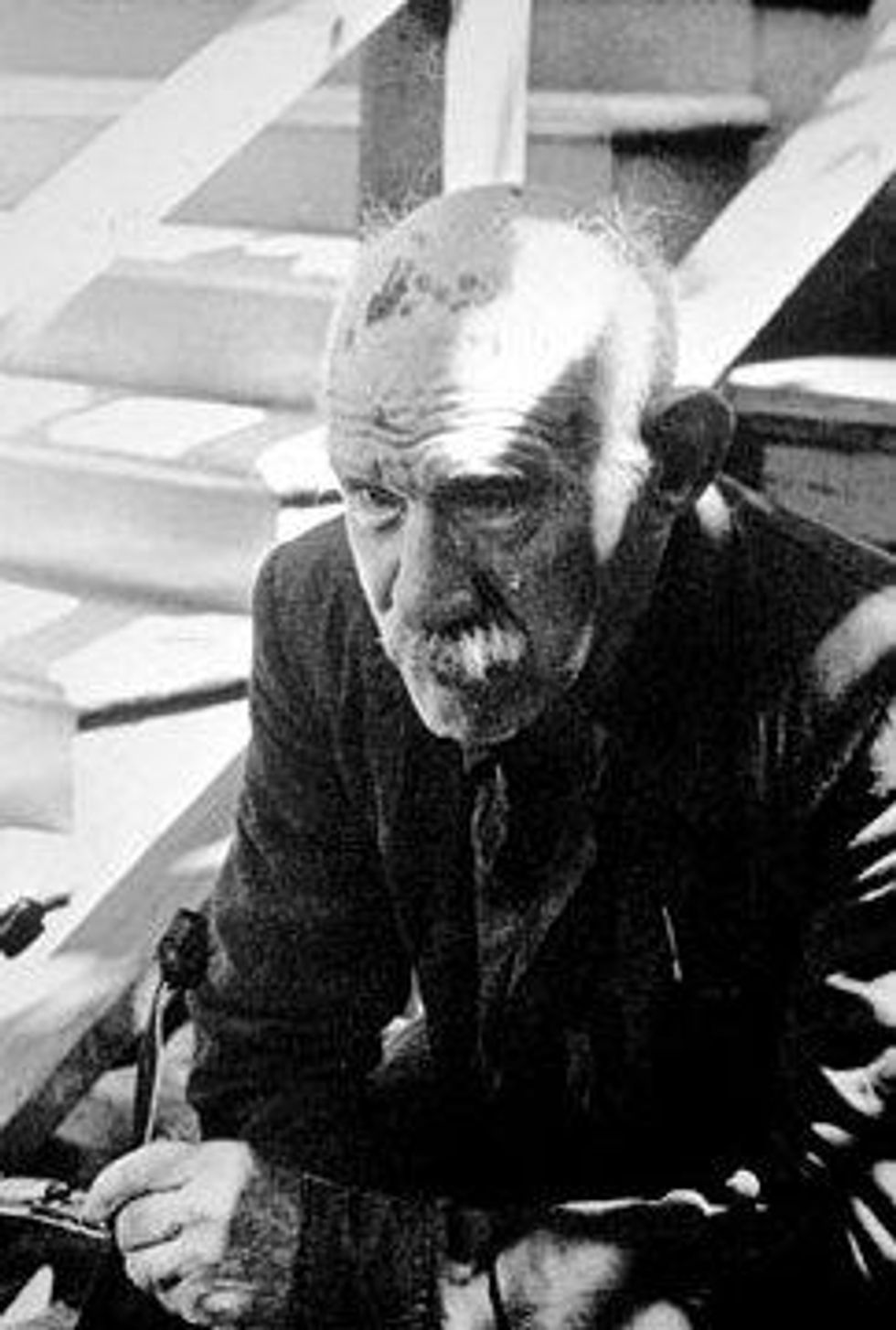
Darger and Whillie's relationship was necessarily hindered by the era's social proprieties. They never lived together and could acknowledge their love only in veiled terms. When Whillie died in San Antonio, Texas, in 1959, Darger was not notified until four days after the fact. Still, their relationship was one of the few enduring highlights in Darger's otherwise painful life. The other, of course, was his art, to which he maintained a fierce and ecstatic commitment. Elledge's biography deepens our appreciation for Darger's genius while also clarifying some of the artists' persistent enigmas: "If we're to understand Henry's vision as a novelist and as artist clearly and completely," Elledge writes, "we can't ever think 'girls' when he writes or depicts the 'Vivian girls.' Instead, we have to substitute 'girl-boys,' 'gay boys,' or 'imitation little girls'--which was Henry's term--for 'girls.' "
While some may take issue with Elledge's dramatizations of Darger's thoughts--a biographical omniscience not generally tolerated--that's really a petty quibble in a book as vibrant and generously researched as this. (And it isgenerously researched; Elledge quotes menu prices from Riverside Amusement Park, scours Darger's receipts from art supply shops, and knows the going rate of turn-of-the-century rent boys). He has written the definitive account of an artist who alchemized tragedy into art of transcendent and disturbing power. Indeed, Darger's art, like his life, fascinates partly because of its implausibility--that it exists at all is testament to something deeply mysterious and redemptive in this world. After finishing Elledge's book, I was reminded of how critic Matthew Josephson described a certain novel by Dawn Powell: "It is not for fun, and it is a masterpiece."
Henry Darger, Throwaway Boy: The Tragic Life of an Outsider Artist is available now


